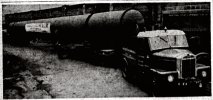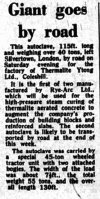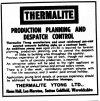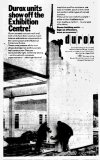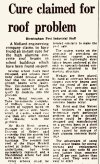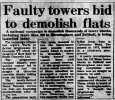-
Welcome to this forum . We are a worldwide group with a common interest in Birmingham and its history. While here, please follow a few simple rules. We ask that you respect other members, thank those who have helped you and please keep your contributions on-topic with the thread.
We do hope you enjoy your visit. BHF Admin Team
You are using an out of date browser. It may not display this or other websites correctly.
You should upgrade or use an alternative browser.
You should upgrade or use an alternative browser.
Birmingham History of Reinforced Autoclaved Aerated Concrete (RAAC) and other concrete problems
- Thread starter Pedrocut
- Start date
Pedrocut
Master Barmmie
Thermalite Ytong - Graces Guide
mw0njm.
A Brummie Dude

The once wonder material reinforced aerated autoclaved concrete will cause chaotic start to academic year
RAAC was once seen as ideal for shaping into lighter, pre-formed concrete components, but over time the material has weakened, sagged and exacerbated problems in buildings.
mw0njm.
A Brummie Dude
reinforced autoclaved aerated concrete (RAAC)

Concrete crisis: Headteachers in weekend dash to make schools safe to open
Many are altering timetables and seeking new classrooms after having to shut unsafe concrete buildings.
www.bbc.co.uk
Thermalite had a production plant at Hams Hall Power Station. They used the fly ash from the power station boilers in the production process. When I worked, thermalite would deliver the blocks still steaming hot from the factory.1n the 50/60s there was a outside company down aston church rd by the cut bridge that made thermalite blocks from the old power station waste
Last edited:
mw0njm.
A Brummie Dude
i liked working with them becouse they was easy to cut and liftThermalite had a production plant at Hams Hall Power Station. They used the fly ash from the power station boilers in the production process. When I worked, thermalite would deliver the blocks still steaming hot from the factory.
Yes, you could cut them with a sawi liked working with them becouse they was easy to cut and lift
Richard Dye
master brummie
In the link above that Pete supplied, I thought they had rebar in the roof panels. The blocks absorbed water causing the rebar to rust sag and collapse. At least that what I thought.It's easy to be confused by the different construction methods. My understanding of the problem is that it is the reinforced concrete supporting beams which are failing. Thermalite is used as non supporting blocks or slabs and has no reinforcing steel content?
Pedrocut
Master Barmmie
It's easy to be confused by the different construction methods. My understanding of the problem is that it is the reinforced concrete supporting beams which are failing. Thermalite is used as non supporting blocks or slabs and has no reinforcing steel content?
There may be a confusion between the product Thermalite and the company Thermalite Ytong Ltd. They advertise the manufacture of aerated products on two production lines, one producing building blocks and the other reinforced building slabs.
As there are other historical problems with concrete that have affected Birmingham buildings I think I will alter the title to include.
Pedrocut
Master Barmmie
Due to a roof collapse at Camden Girls School in August 1973, and 9 months later a pre-cast concrete beam from roof of Sir John Cass school in Stepney The Department for the Environment ordered safety checks in 1974, the problem being quick setting cement with high alumina cement.
Richard Dye
master brummie
We built a home right on the ocean. For the siding we used Hardy plank or Hardy board to look like clap board (we had strict building codes). This was actually low-density concrete that was inert to the saltwater environment. It was a little pricy but supposedly easy to install. The caveat was you needed the right blade for your saw or everything splintered or cracked & you needed the right nails and drill or you had another mess. The good news is that after 15 years it still looks like new but you had to get it right! Sorry off topic a little!
I recall that the Queensway Tunnel had a number of roof beam made from high alumina cement. Its not a bad product if made strictly to specification. The problems arose when used in certain environmental conditions like swimming pools that used chlorine or if very strict ratios of water, cement and aggregate were not adhered too. There used to be a lot of guess work when high alumina cement was first used.
Richard Dye
master brummie
Interesting.......I have not been involved in structural concrete; however, I have been involved with very high load flooring to support 3,000-ton presses and steel storage. Every truck load was certified material from the mixer, going back to 1976 through 2009 and we never had any issues. Currently I am involved with a project in Louisiana requiring a high pressure mix in a 25,000 sq ft building, all loads will be tested and certified.I recall that the Queensway Tunnel had a number of roof beam made from high alumina cement. Its not a bad product if made strictly to specification. The problems arose when used in certain environmental conditions like swimming pools that used chlorine or if very strict ratios of water, cement and aggregate were not adhered too. There used to be a lot of guess work when high alumina cement was first used.
I am very surprised that the Queensway Tunnel material was not certified or possibly the specifications were not substantial.
mw0njm.
A Brummie Dude
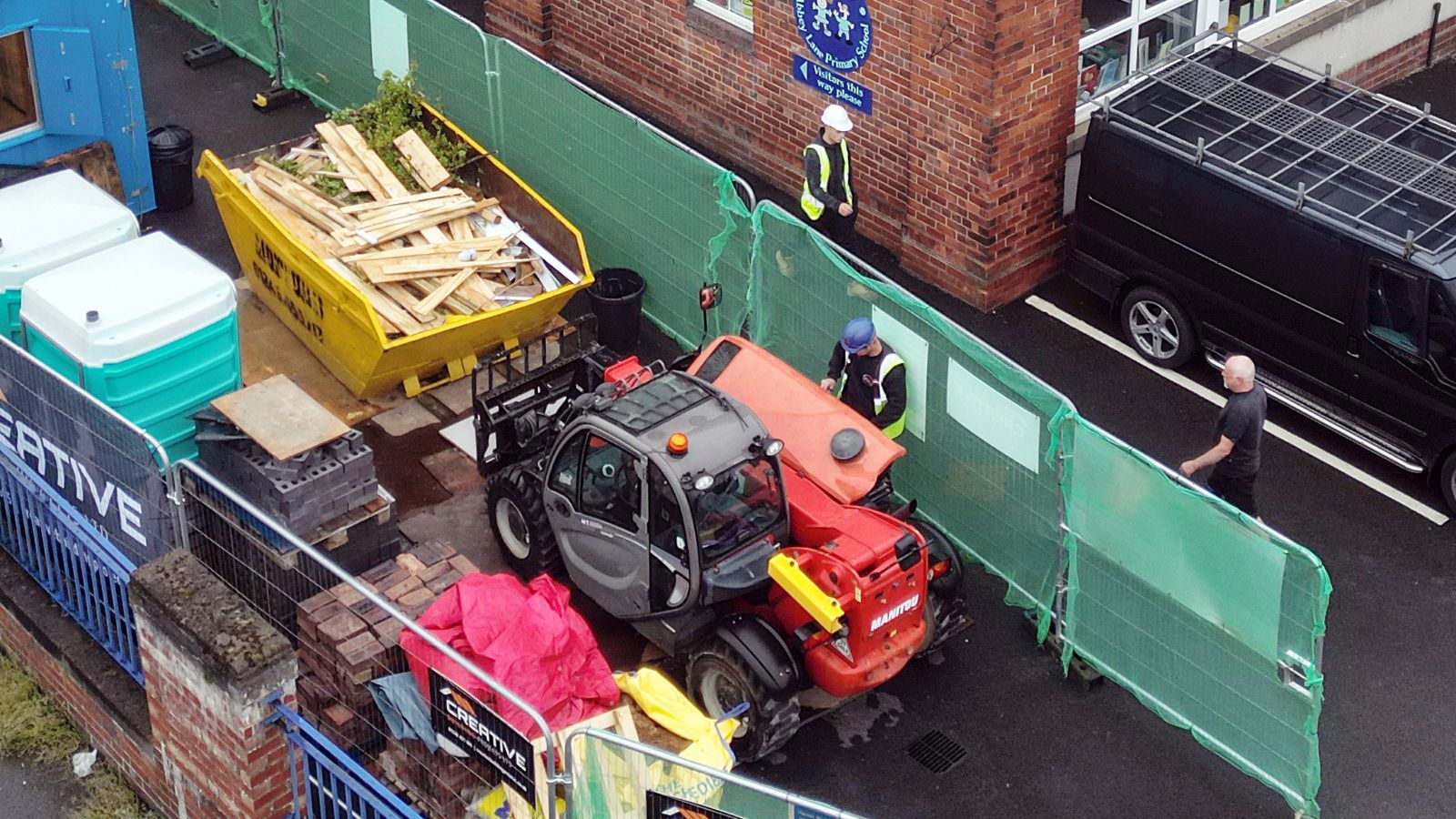
RAAC crisis: Obese patients can't be moved from ground floor at hospital over safety fears
Specialists say the problem with reinforced autoclaved aerated concrete (RAAC) could also impact hospitals, police stations, and court buildings.
mw0njm.
A Brummie Dude
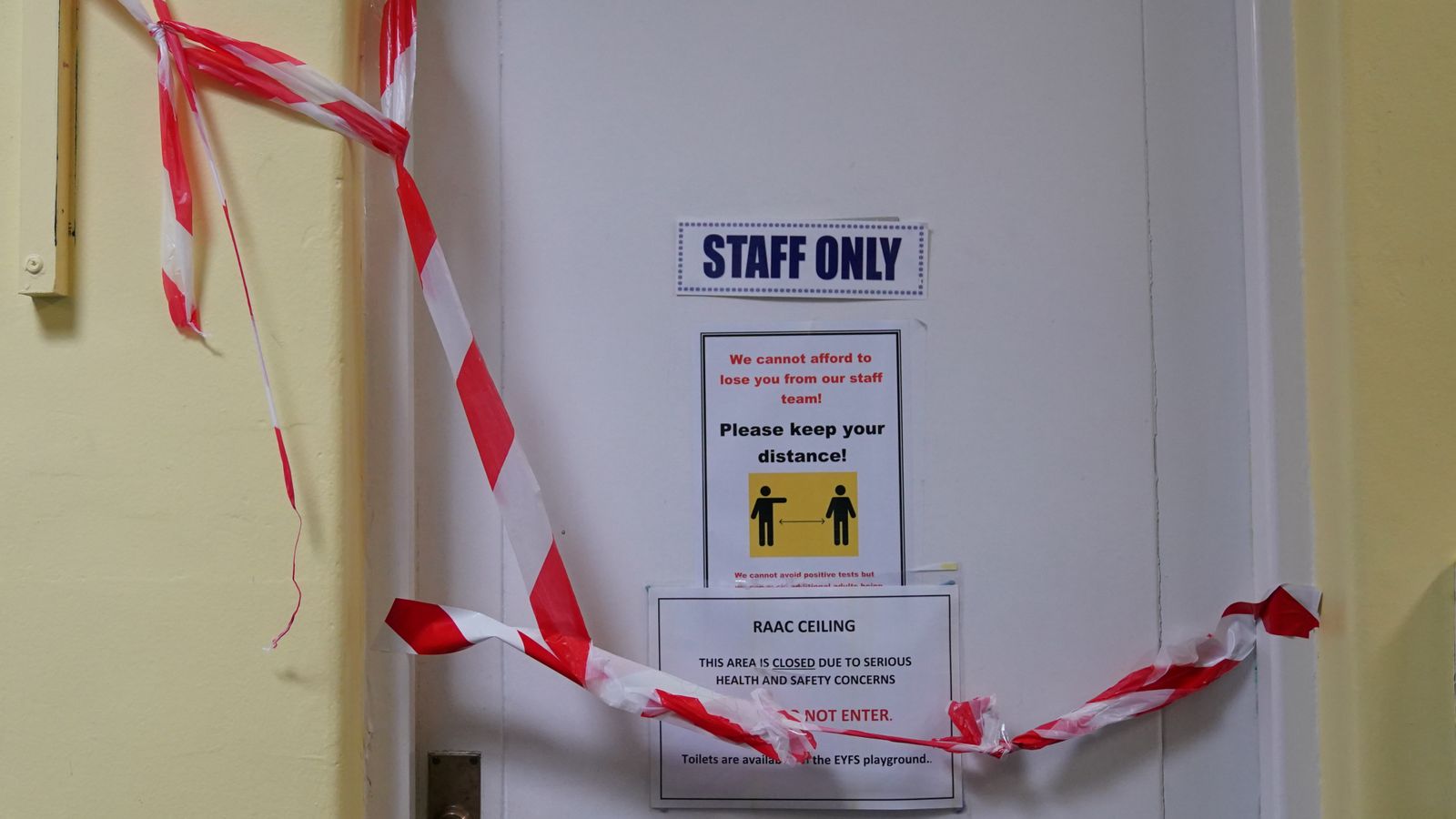
Fears over concrete 'time bomb' should not stop search for new building materials | Ed Conway
The RAAC scandal underlines the fact that even clever advances in technology can have unexpected side effects that cause problems many years down the line. Today's wonder material can often become a ticking time bomb.
mw0njm.
A Brummie Dude
this is shocking positivly shocking

 www.weightmans.com
www.weightmans.com

Schools containing RAAC, are set to be closed at the start of term
We examine what was known of those risks and we also consider the implications for other public buildings.
mw0njm.
A Brummie Dude

UK public buildings feared to be at risk of collapse as concrete crumbles
Ministers launch inquiry into use of reinforced autoclaved aerated concrete (RAAC)
The Queensway Tunnel was built in the later sixties. I cannot recall when problems with high alumina cement came to light, I seem to recall it was at a swimming’s pools roof beams, possibly at a school. The cause, and remedy was quickly identified, and programme of testing initiated.Interesting.......I have not been involved in structural concrete; however, I have been involved with very high load flooring to support 3,000-ton presses and steel storage. Every truck load was certified material from the mixer, going back to 1976 through 2009 and we never had any issues. Currently I am involved with a project in Louisiana requiring a high pressure mix in a 25,000 sq ft building, all loads will be tested and certified.
I am very surprised that the Queensway Tunnel material was not certified or possibly the specifications were not substantial.
I cannot remember the science behind this cause of failure, it will be out there on the internet for anyone interested, but basically high alumina cement converts to a less stable condition in some circumstances. What this effectively meant was high alumina cement ducked under the radar of normal testing procedures. Also, most high alumina cement products were precast, not bulk or mass concrete.
Certainly, some of the works I have been involved in required onsite concrete testing and samples to be taken at the time of delivery and placement and sent to the lab.
Just as a matter of interest, if you like this sort of thing; high alumina cement has a rapid curing time, a few days as opposed to 28 with normal concrete. So, you can imagine the manufacturers of precast beams did not have to store onsite 28 days’ worth pf production before it could be moved.
mw0njm.
A Brummie Dude
Pedrocut
Master Barmmie
In 1974, nine months after the Camden school roof collapse, there was the collapse at Sir John Cass in Stephen..,,
Two beams forming part of the roof over the swimming pool at the school collapsed. The investigation showed that the cause of the failure was loss of strength due to conversion of high alumina cement concrete followed by sulphate attack leading to disruption of the concrete.
Two beams forming part of the roof over the swimming pool at the school collapsed. The investigation showed that the cause of the failure was loss of strength due to conversion of high alumina cement concrete followed by sulphate attack leading to disruption of the concrete.
mw0njm.
A Brummie Dude

What is RAAC concrete and why is it a safety risk?
Questions mount about aerated concrete used in schools and public buildings since the 1950s.
www.bbc.co.uk
Thanks, that it.In 1974, nine months after the Camden school roof collapse, there was the collapse at Sir John Cass in Stephen..,,
Two beams forming part of the roof over the swimming pool at the school collapsed. The investigation showed that the cause of the failure was loss of strength due to conversion of high alumina cement concrete followed by sulphate attack leading to disruption of the concrete.
This if I recall correctly is more of a problem with the design of large panel block construction than the concrete. The Ronan Point disaster sometime late 60’s was initially caused by a gas explosion, but soon proved to be poor design and construction.
Birmingham had a lot of these large panel blocks. Still has a few. The council had to undertake a lot of work. Firstly, all gas was removed and dwelling with gas cookers were compensated. I recall it was about £70 per cooker. There was then a programme of reinforcement where the panels were strapped and bolted together. All the work was done internally with large steel anchors and straps inserted through the floors. The blocks at Fossway Drive had a delayed opening due to this, others were done in occupation.
There was also the problem with damp ingress. Again, the council had to replace the filler in all of the joints. All done externally with men in cradles. There were then further problems with the mosaic tiling falling off. Yet again, more work to fix steel mesh over the mosaic.
The big concrete problem in my opinion is of course spaghetti junction and midland elevated motorways.

